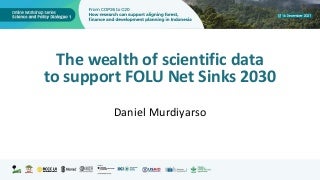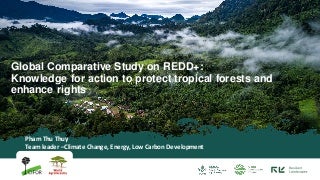Once reserved for military war games, the Companion Modeling approach has been developed and expanded over the past two decades to include the complex issues of renewable resources and environmental management. The Center for International Forestry Research (CIFOR) is part of a consortium of international institutions led by the Swiss-based University, ETH Zurich, that is using ComMod to help chart a path toward more sustainable palm oil as part of a six-year project called OPAL, Oil Palm Adaptive Landscapes, being carried out in Cameroon, Colombia and Indonesia – some of the world’s biggest palm oil producers.
Originally published by CIFOR.
This work forms part of the CGIAR Research Program on Forests, Trees and Agroforestry (FTA), which is supported by CGIAR Fund Donors.











